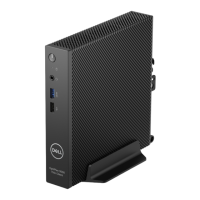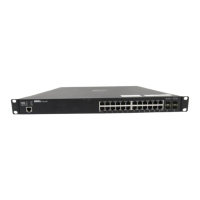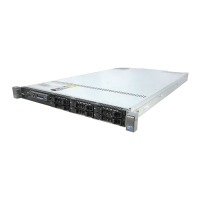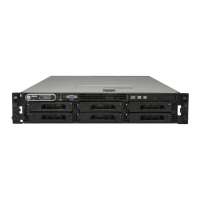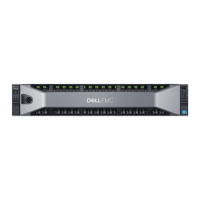Table 37. System setup options—Power menu(continued)
Power
By default, the Optimized option is selected. Standard setting for balanced
performance, noise, and temperature.
USB Wake Support
Enable USB Wake Support When enabled, connecting a USB device wakes the computer from Standby,
Hibernate, and Power Off.
By default, the Enable USB Wake Support option is enabled.
AC Bahavior
AC Recovery Determines the computer behavior when AC power is restored after an
unexpected loss of AC power.
By default, the Power Off option is selected.
Block Sleep Blocks the computer from entering Sleep (S3) mode in the operating system.
By default, the Block Sleep option is disabled.
NOTE: When enabled, the computer does not go to Sleep, Intel Rapid Start
is disabled automatically, and the operating system power option is blank if it
was set to Sleep.
Deep Sleep Control Determines the computer behavior for conserving power when the computer in in
Shutdown (S5) or Hibernate (S4) mode.
By default, the Enabled in S4 and S5 option is selected.
Fan Control Override Determines the speed of the system fan.
When this option is enabled, the system fan runs at full speed.
When disabled, the system fan controller uses system environment data to run
the fan at optimal speed.
By default, the Fan Control Override option is disabled.
Intel Speed Shift Technology Enables or disables the Intel Speed Shift Technology support. When enabled, the
operating system selects the appropriate processor performance automatically.
By default, the Intel Speed Shift Technology option is enabled.
Table 38. System setup options—Security menu
Security
Trusted Platform Module (TPM) 2.0
Security
The Trusted Platform Module (TPM) provides various cryptographic services
which serve as the cornerstone for many platform security technologies. Trusted
Platform Module (TPM) is a security device that stores computer-generated
keys for encryption and features such as BitLocker, Virtual Secure Mode, remote
Attestation.
By default, the Trusted Platform Module (TPM) option is enabled.
For additional security, Dell Technologies recommends keeping Trusted
Platform Module (TPM) enabled to allow these security technologies to fully
function.
NOTE: The options that are listed apply to computers with a discrete
Trusted Platform Module (TPM) chip.
TPM 2.0 Security On Allows you to select whether or not the TPM is visible to the operating system.
By default, the TPM 2.0 Security On option is enabled.
For additional security, Dell Technologies recommends keeping TPM 2.0
Security On enabled to allow these security technologies to fully function.
142 BIOS Setup

